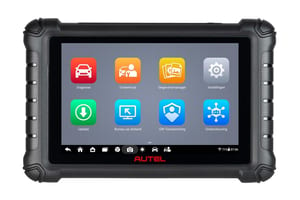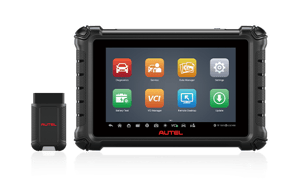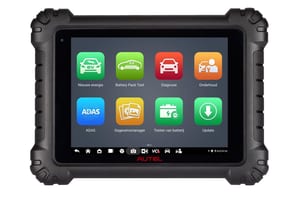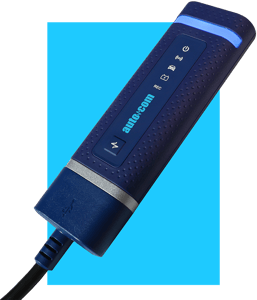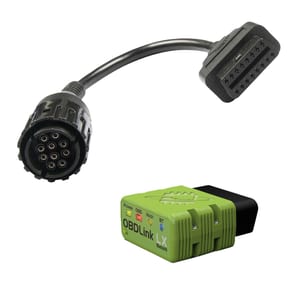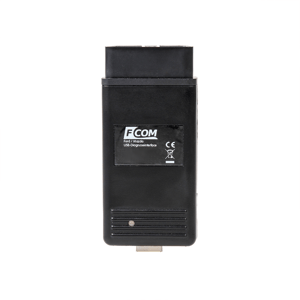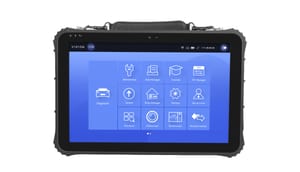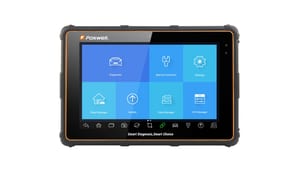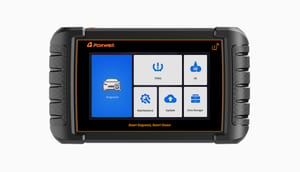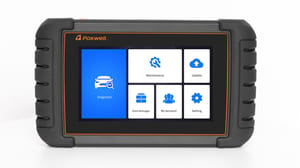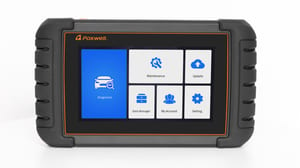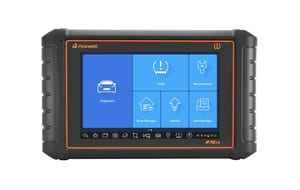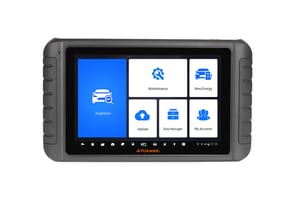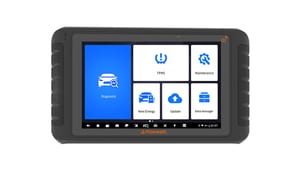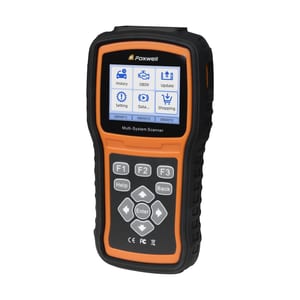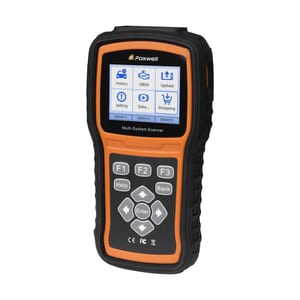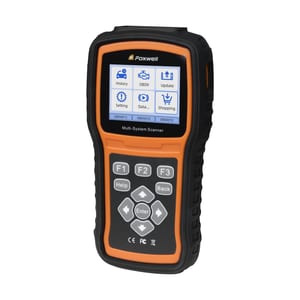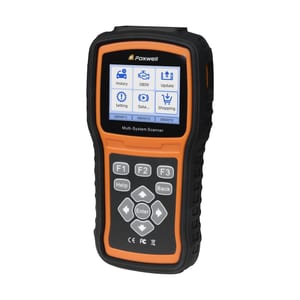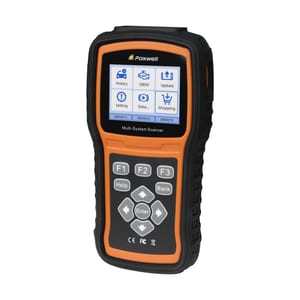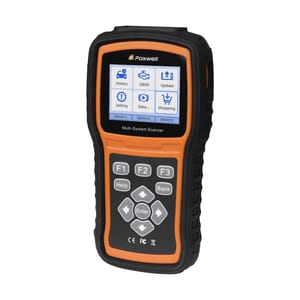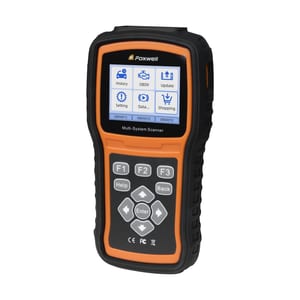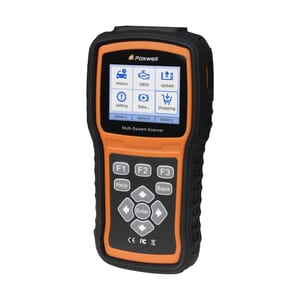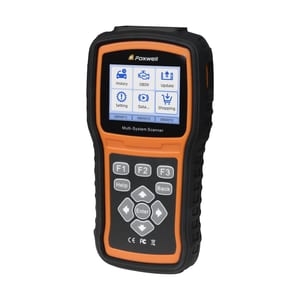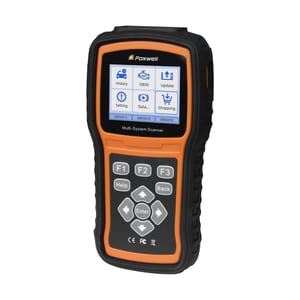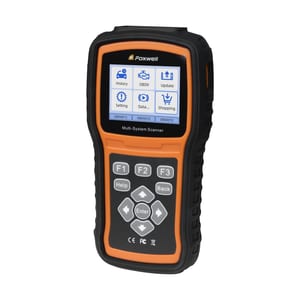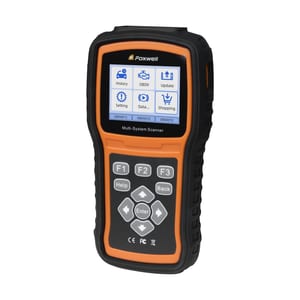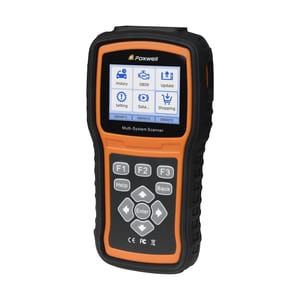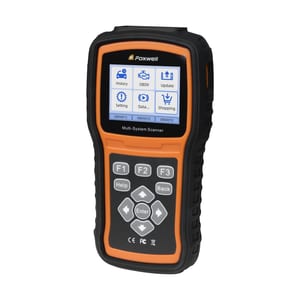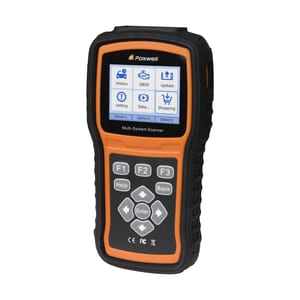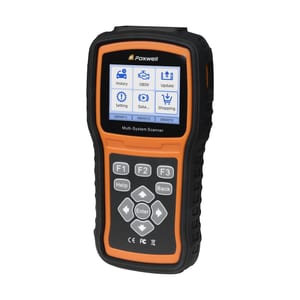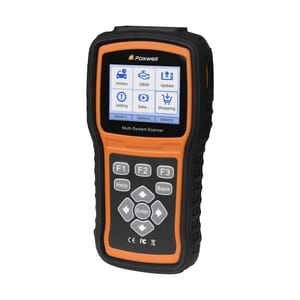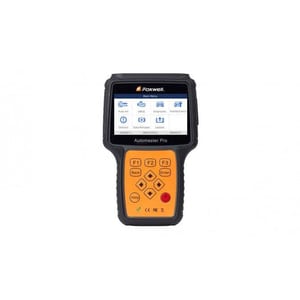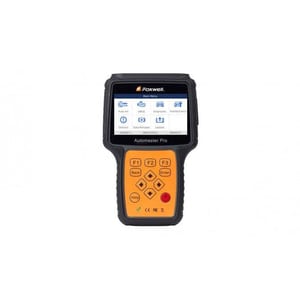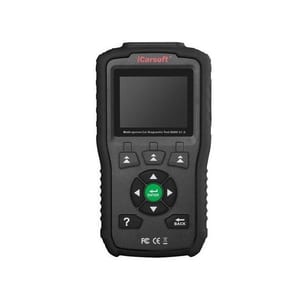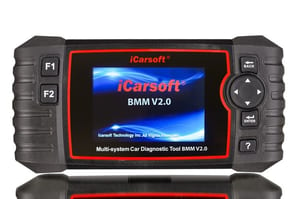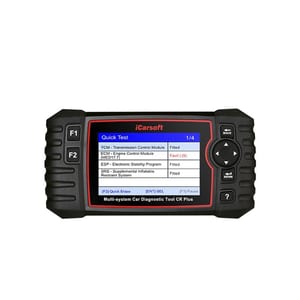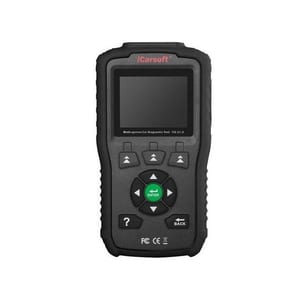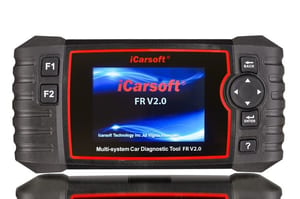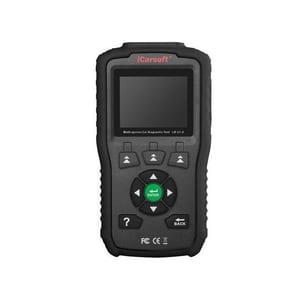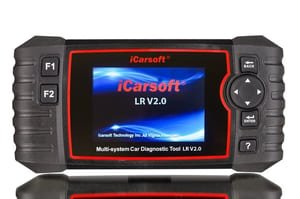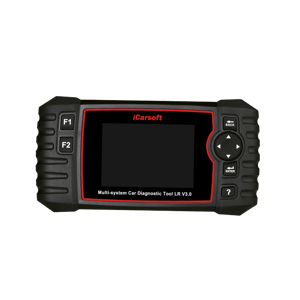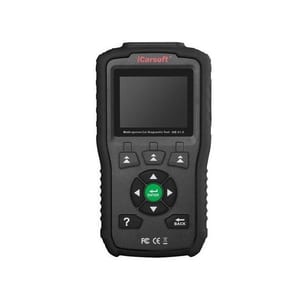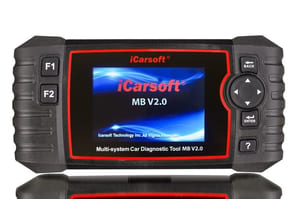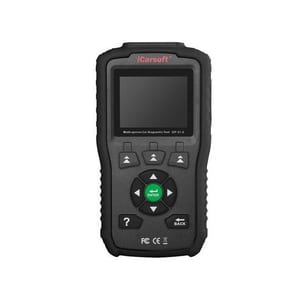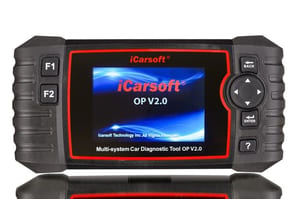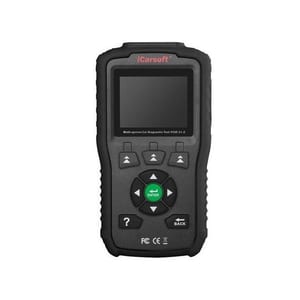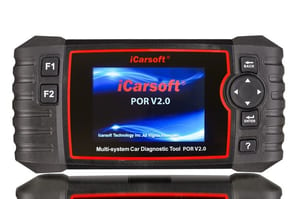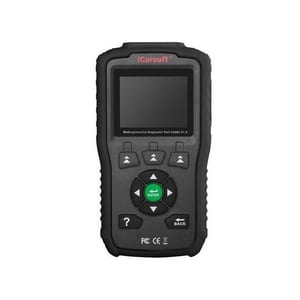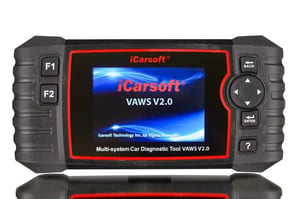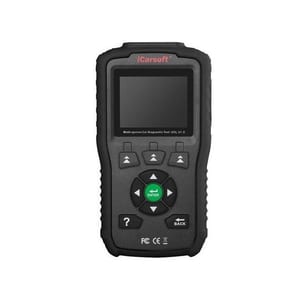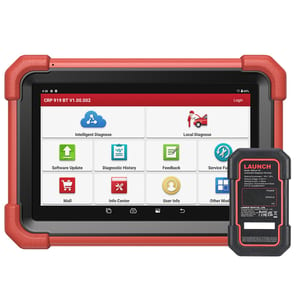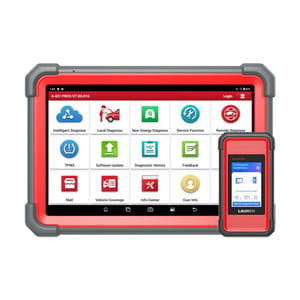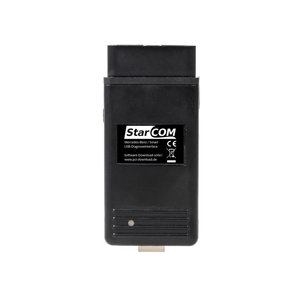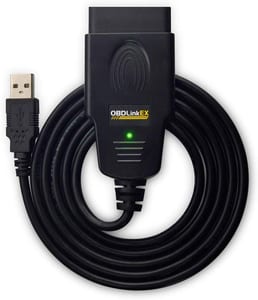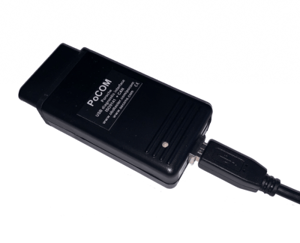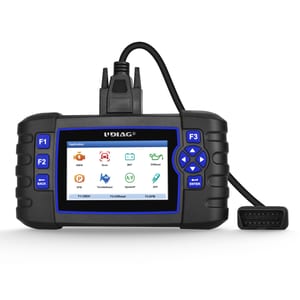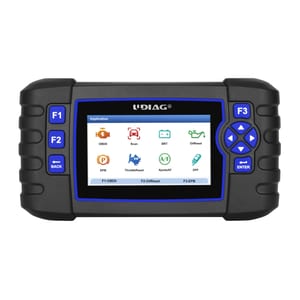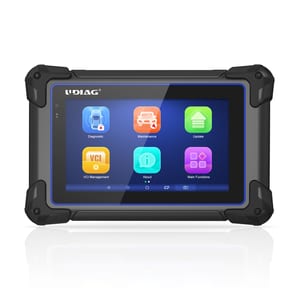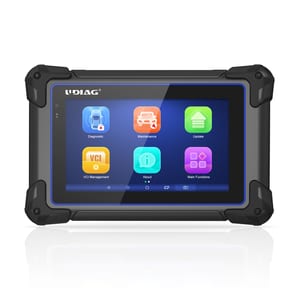ABS reset
The ABS system in the car roughly consists of four parts, namely; the ABS control unit, ABS sensors, ABS pump and valves. All these parts ensure that the wheels of the car do not lock when braking, so that the car remains steerable and the optimum braking distance is achieved. The ABS system is very advanced, many components and sensors measure data to ensure that the system functions. A small deviation in the data, due to a defect, can have consequences for the operation of the system. If the ABS light is on, specific diagnostic equipment is required to read the ABS system. Below you will find an overview of diagnotisc tool that are suitable for ABS components.
The ABS system is an important safety system in the car
The Antilock Braking System (hereinafter referred to as ABS) is an electronic control unit. The ABS system prevents the wheels from locking and slipping during hard braking, for example during an emergency stop. The ABS ensures that braking efficiency improves and the steerability of the car in difficult conditions is better. ABS is mandatory in every car these days, as it increases safety. In principle, the functioning is simple: sensors near the wheels detect whether a wheel is in danger of blocking. Thanks to the electronic control, the ABS control unit can briefly interrupt the braking force of a wheel, so that the wheel does not lock, after which the braking force is released again. In almost all cases, a rolling wheel ensures a shorter braking distance than a locked wheel. The full term for ABS is Anti-lock braking system.
An ABS malfunction occurs regularly in cars
You can recognize an ABS malfunction by the ABS warning light that lights up on your dashboard. A fault in the ABS system will be stored in the ECU. Now what causes a malfunction? This can be for a simple reason, for example because the brake fluid level is too low. Other common causes are faulty fuses/relays, faulty sensors in the wheels, faulty ABS pump, or even a broken cable. If a short malfunction has occurred, such as a coincidentally deviating sensor data, this will have no further consequences for the functioning of the ABS system. However, when an actual defective wheel sensor is present, this can result in a non-functioning ABS system. Don't drive with an ABS malfunction for the safety of others and yourself!
Reading ABS codes with ABS scan tool to clear error codes
When a malfunction occurs in the ABS system, you can read the ABS module with an ABS code reader. Reading ABS codes cannot be done with a normal EOBD/OBD2 code reader, you really need a specific ABS code reader for this. Many ABS error codes can occur, some will not indicate a direct cause of the problem (for example internal error), other error codes will very specifically indicate the cause of the error code (for example brake pressure sensor 1, or wheel sensor right front). Where necessary, live data from sensors can be displayed with the ABS scan tools.



